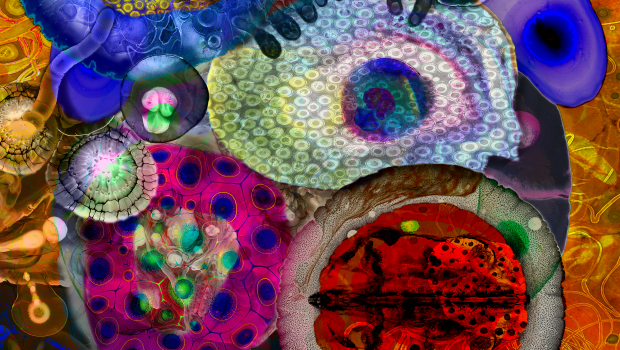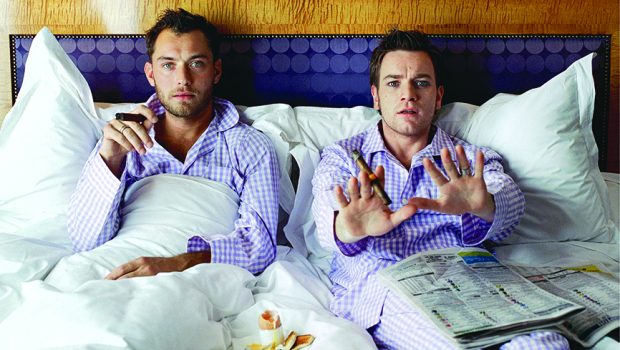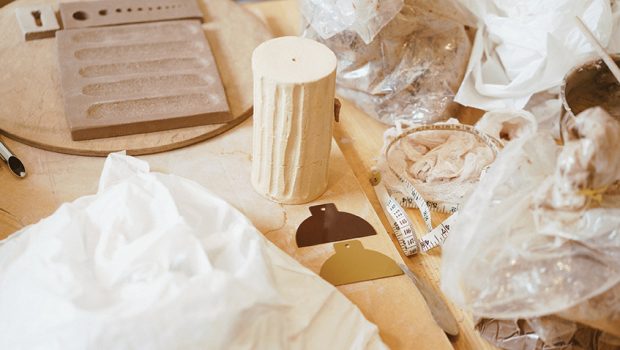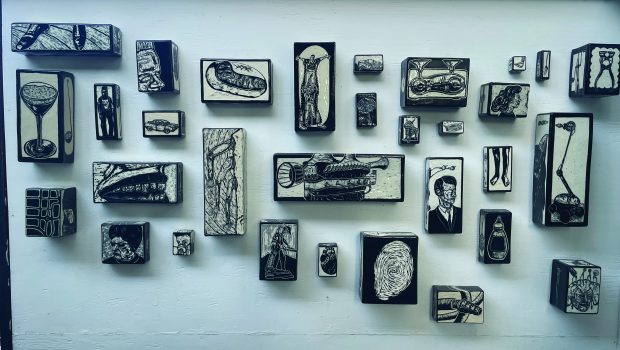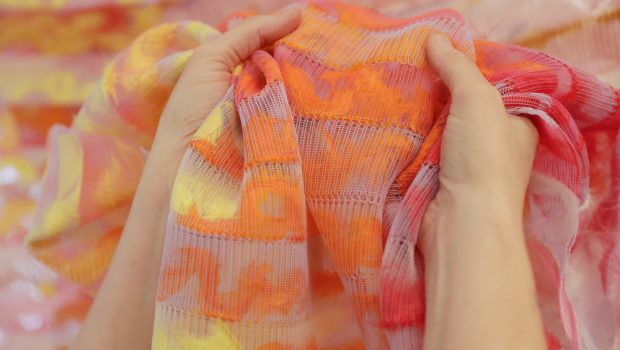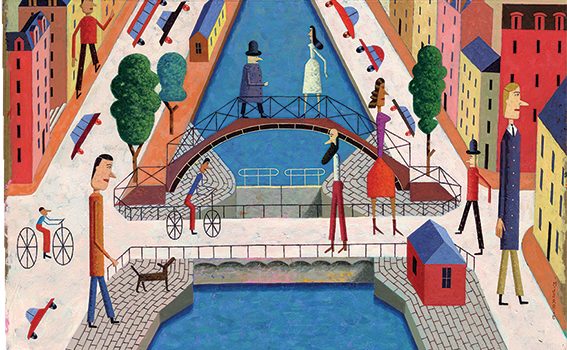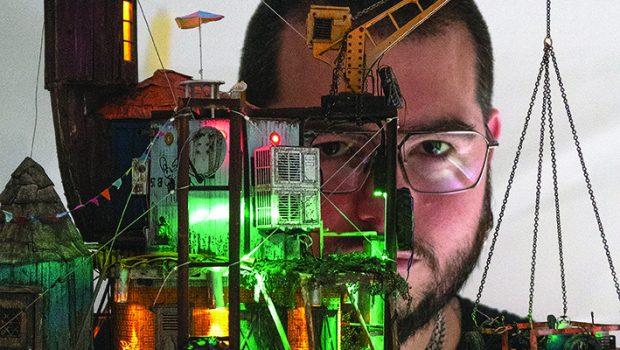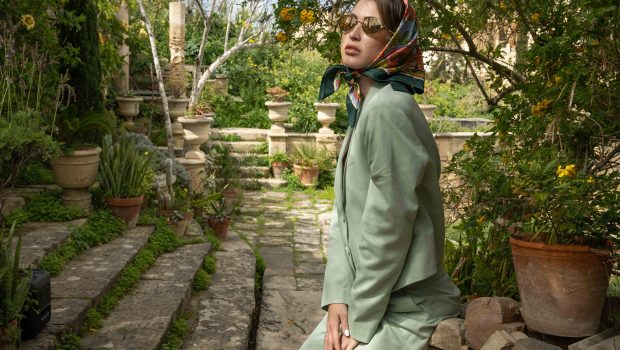Into the wild
VAMP meets world renowned wildlife photographer Johan Siggesson.
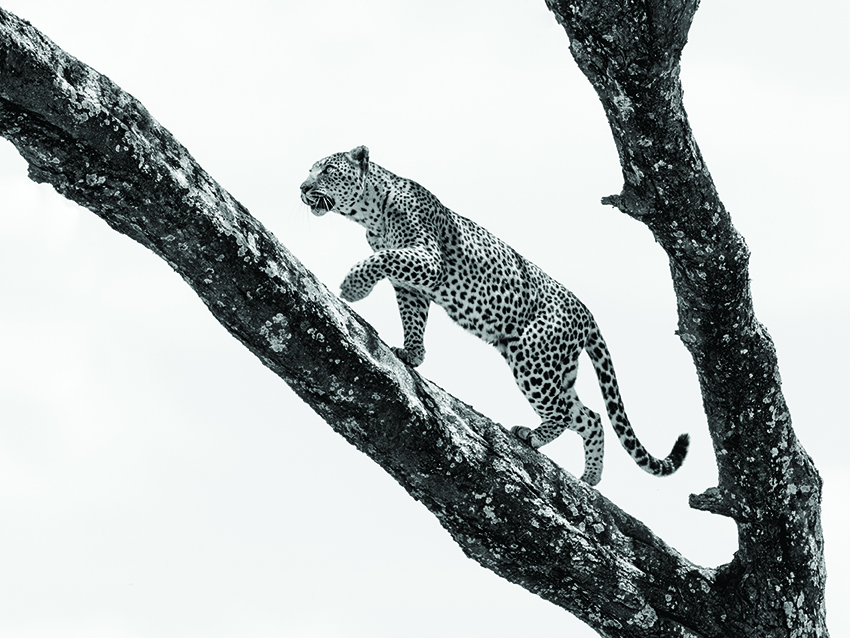
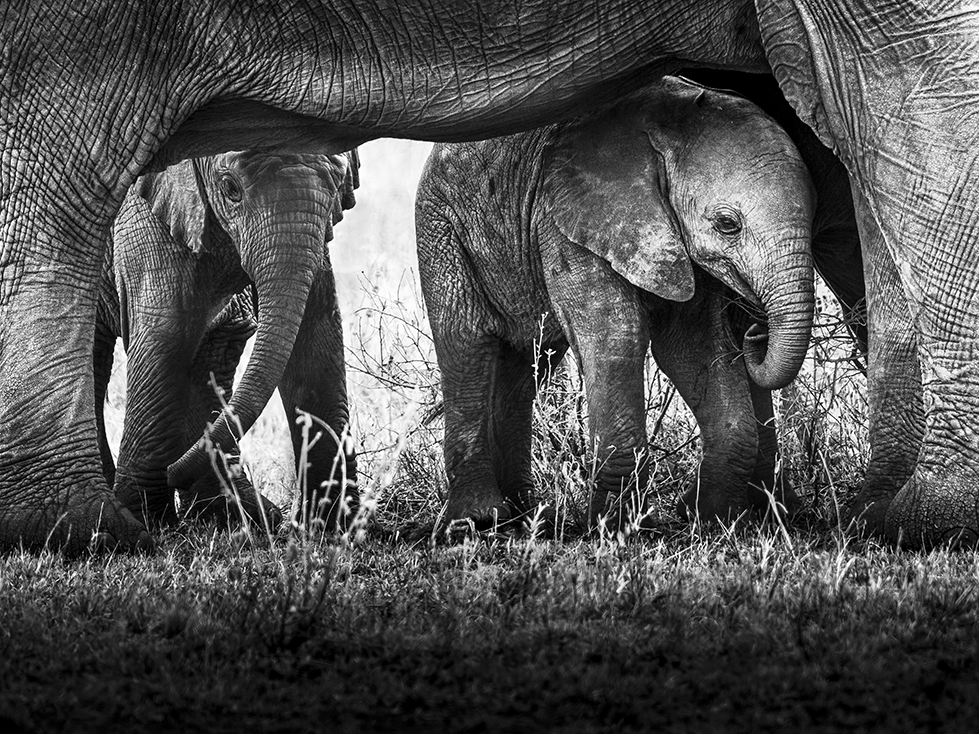
For those not in the know, tell us a bit about yourself!
I was born in a small town called Älvängen, Sweden in 1977. Spending much of my childhood fishing, observing the animals and playing in the forest, I formed a natural connection with the wild. I was passionate about animals and the natural world from an early age. I vividly remember how I, as a young boy, was flipping through the natural his- tory books on my grandmother’s bookshelf. I also recall being glued in front of the screen during the weekly nature program on Swedish state television.
As a young adult, life choices led me away from the forests of Sweden and into an of- fice in Malta. In Malta, I pursued a career in graphic design with my own design studio. Much later in life, I went on my first safari with a rented lens and a beginners camera. From there on, my life changed direction. I decided to give up my career as a graphic designer to take up wildlife photography as a full-time profession.
Since then, I have received a number of international photography awards. I was titled Scottish Nature Photographer of the Year 2014 and was a category winner in European Wildlife Photographer of the Year 2018, Travel Photographer of the Year 2017 and Malta International Photo Awards 19/20, to name a few. Now, I regularly work as a photographic guide on wildlife photography tours for vari- ous companies in different locations around the world. I am fortunate to have my work decorating offices, homes and institutions worldwide.
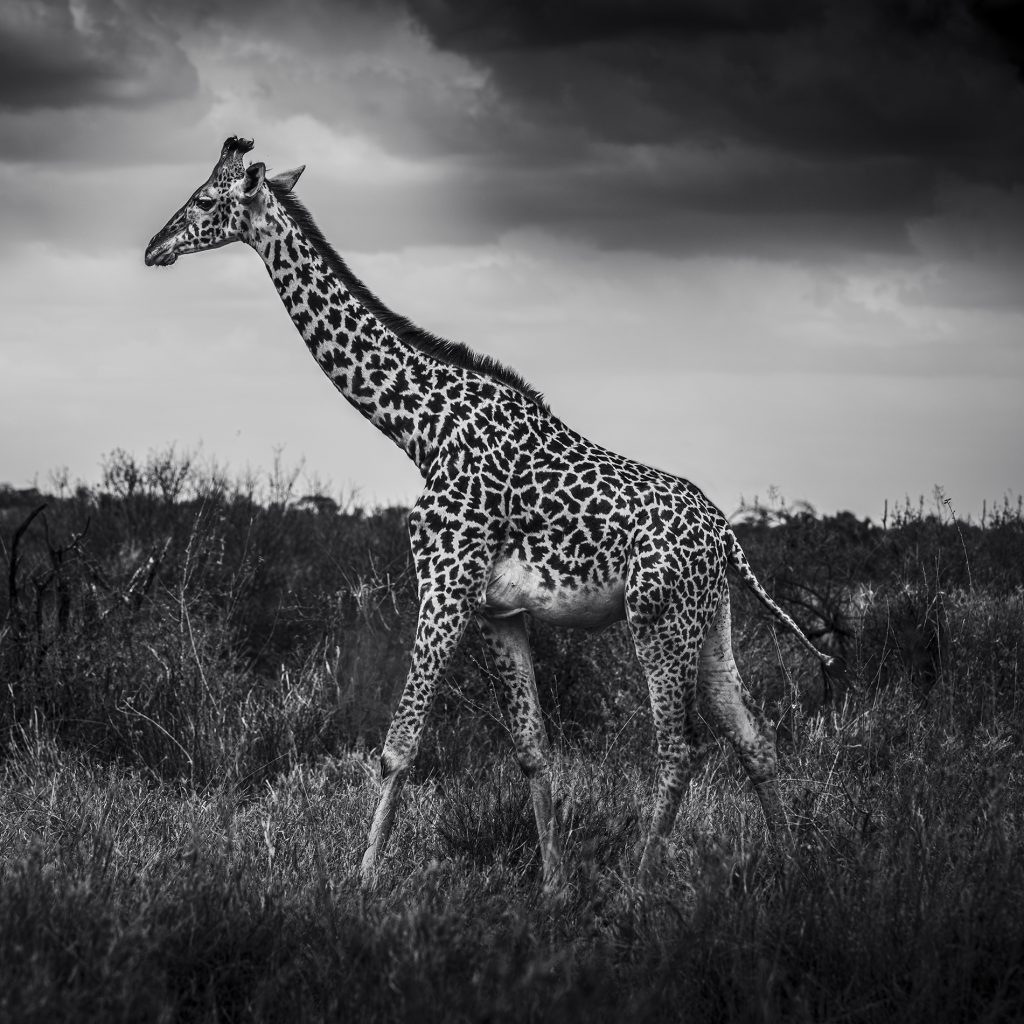
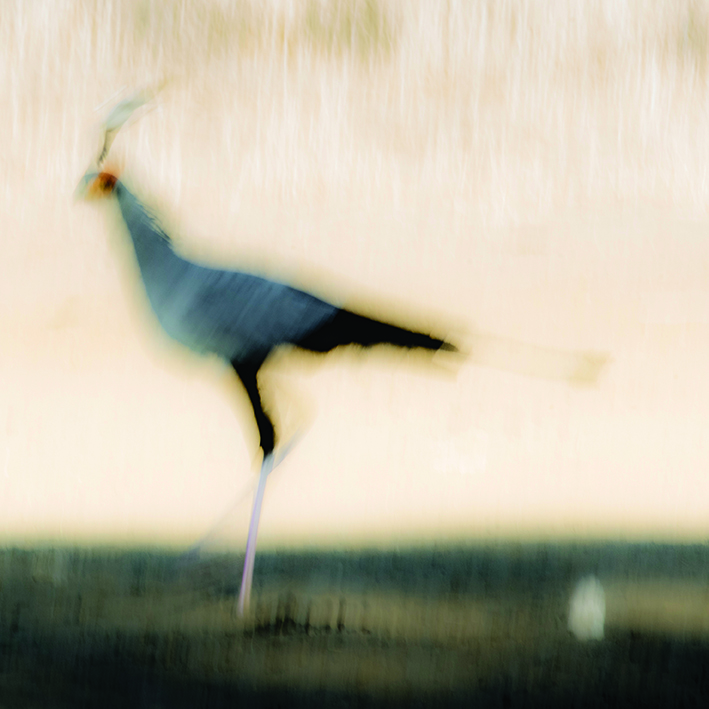
When did your artistic journey begin?
I am entirely self-taught and looking back; there are many factors and events that probably has led me to where I am today. I would say my career has had many different starting points but the most important one, was probably a safari back in 2012 when I went to Kenya in Africa with a consumer-level camera and a rented lens. I spent a week in the Maasai Mara National Park where one of the most famous wildlife spectacles of the world is taking place every year – the great migration of wildebeest and zebra.
Returning to Malta, which was already my home at the time, I submitted some of my images to the most important wildlife photography competition in the world, and one of the images went all the way to the final. As mentioned above, it was then I decided that maybe this is what I should be doing with my life.
What inspires you?
Wildlife photography, in general, is very often a waiting game, and patience is key. When something great happens, it often happens very fast and is over in bare minutes or even seconds. In that short period there are a lot of things that have to come together simultaneously to create a great image. The thrill when, suddenly, everything falls in place is indescribable. That never-ending search for the “cigar-shot” is what triggers and in-spires me to do more and better every time.
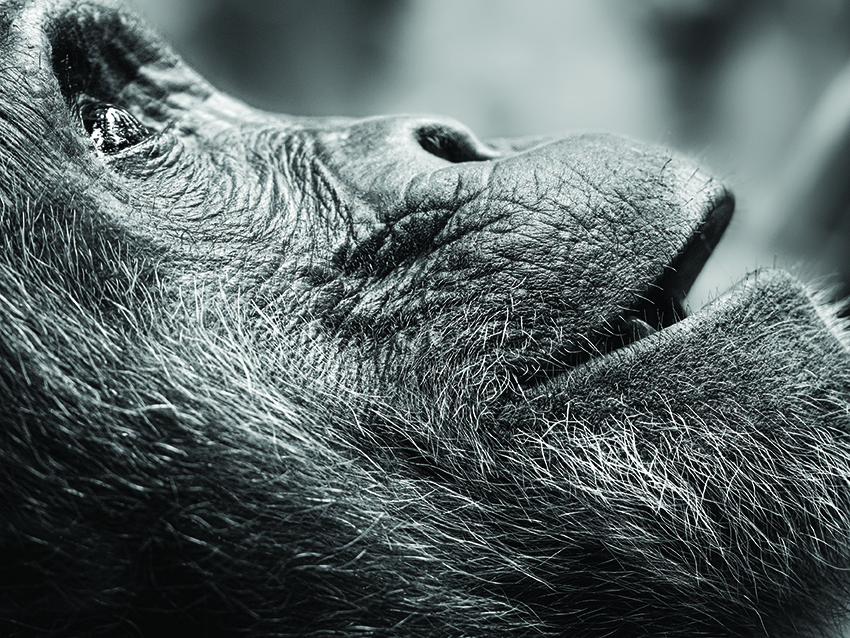
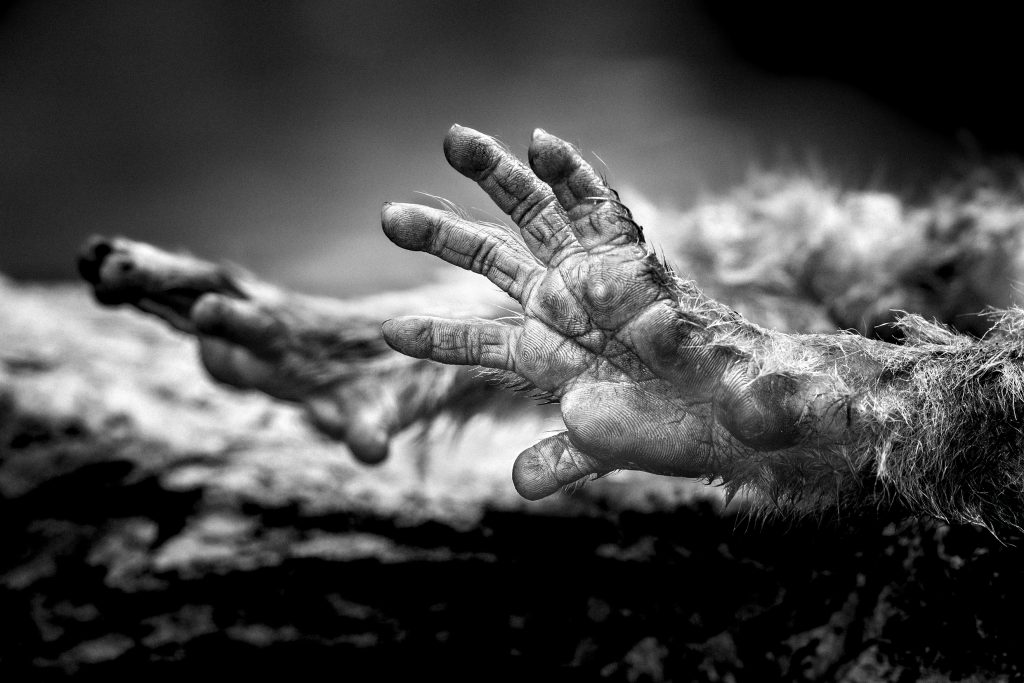
How would you describe your style?
It is hard to describe and judge your own style and I would prefer to leave that to others, but my keen interest in wildlife in conjunction with a background in graphic design, I think defines my imagery.
I strive for simple and clear yet powerful images and often create images in black and white. Although nature is full colour, I feel the monochrome presentation strip the image of distractions and what is left is more raw and gives a more timeless feel. I try to evoke emotion and connection between animal and viewer. All the above is especially true for the images that are meant to hang in a gallery or on someone’s wall. I have always preferred simplicity in all kinds of art.
To achieve this I prefer spending more time on location to capture the true essence of my intended subject, preferably with the same species or individual. In that way I get to know the animals’ behaviour, and also, the animal learns that I am not dangerous and that they can relax around me. If the image is not intended as wall art, the style might change somewhat. A great example is predation. A lion killing a zebra on the African savannah is an exciting sighting and can produce fantastic images for an article, but it would most probably not look that great on a collector’s wall.
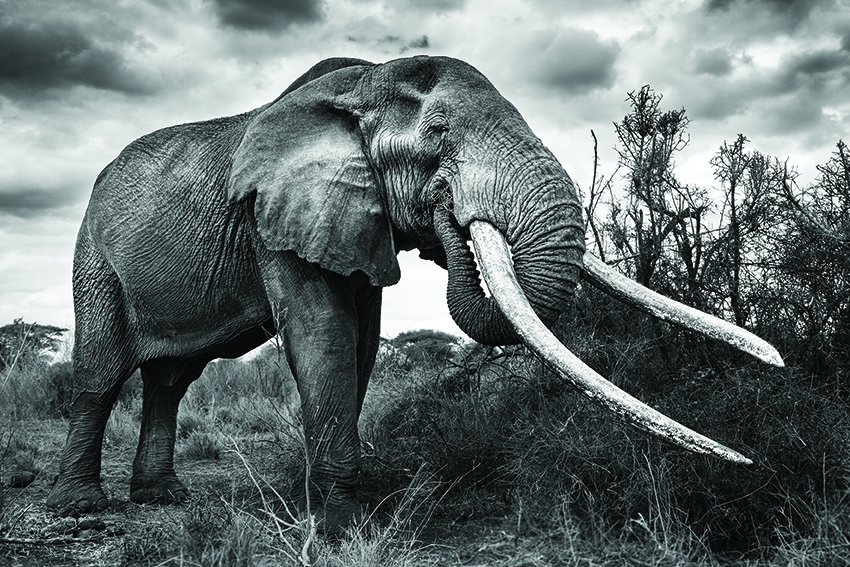
What does your creative process look like?
Unlike a studio photographer, who controls both surroundings, light and the subject, a wildlife photographer has very little control of the shoot. We are at the mercy of the natural elements and work with subjects that have no interest in having their photograph taken. Due to this, it is next to impossible to plan a shoot beforehand. That said, it is not entirely random. When I am going to a new location I research the area and the work that has been done in this area before. Like that I get an idea of what I can do, new ideas and sometimes, more importantly, what shots to avoid. These ideas I keep in mind whilst shooting and if possible work towards that specific image. Sometimes it works, and sometimes it doesn’t. Often the animals that you intended to shoot don’t even show up, but that’s part of the game.
[…MY FAVOURITE SUBJECTS ARE THOSE ICONIC ANIMALS AROUND THE WORLD AND ESPECIALLY IN AFRICA. I SOMETIMES REFER TO THEM AS THE “ANIMALS OF CHILDREN’S BOOKS”…]
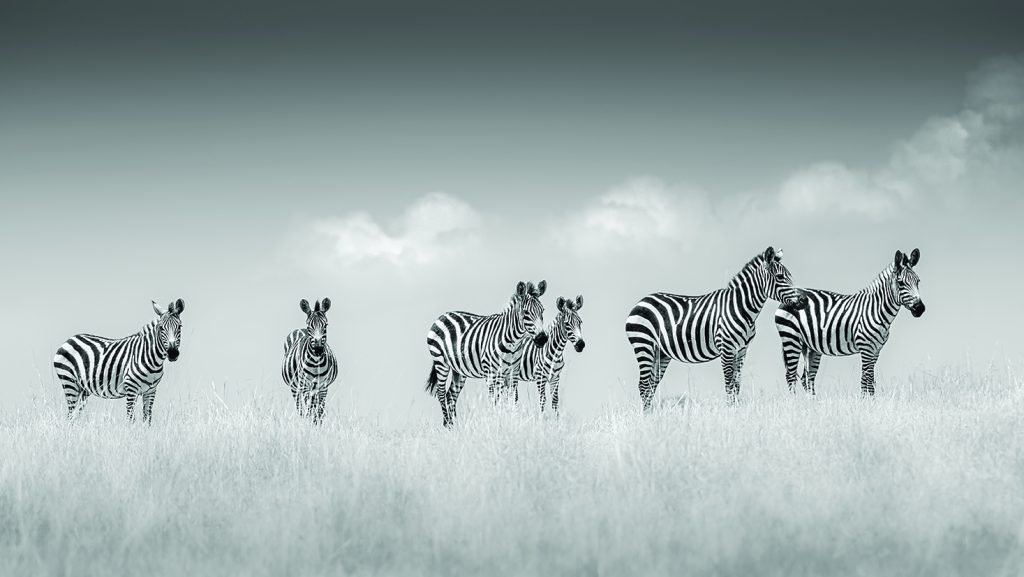
What keeps driving you forward in your artistic journey?
As a wildlife photographer there are a num- ber of factors of which you mostly have no control over that has to weave together to make a great image. The angle has to be right, as the light, the behaviour and the movement of the animal etc. I am always very critical of my own work and always
manage to find something that could have been done better or differently. I think the main driving force is exactly that. Things can always be better or different. I’m not happy with 10 great images of an elephant. Imagine if the 11th is even better.
Do you have a favourite subject to snap?
My favourite subjects are those iconic animals around the world and especially in Africa. I sometimes refer to them as the “animals of children’s books”. Although it is fantastic to photograph chameleons in Madagascar or freshwater crabs in Malta, iconic animals such as lions, giraffes, bears, wolves and elephants has a bigger impact on both me and my potential clients.
As photography is my job, I must balance what a great experience and fun to photograph and what actually sells is. As limited edition fine art prints are my main area, I have to think of which species and which types of images look the best on someone’s wall. Although this varies from client to client, a pattern transpires after some time.
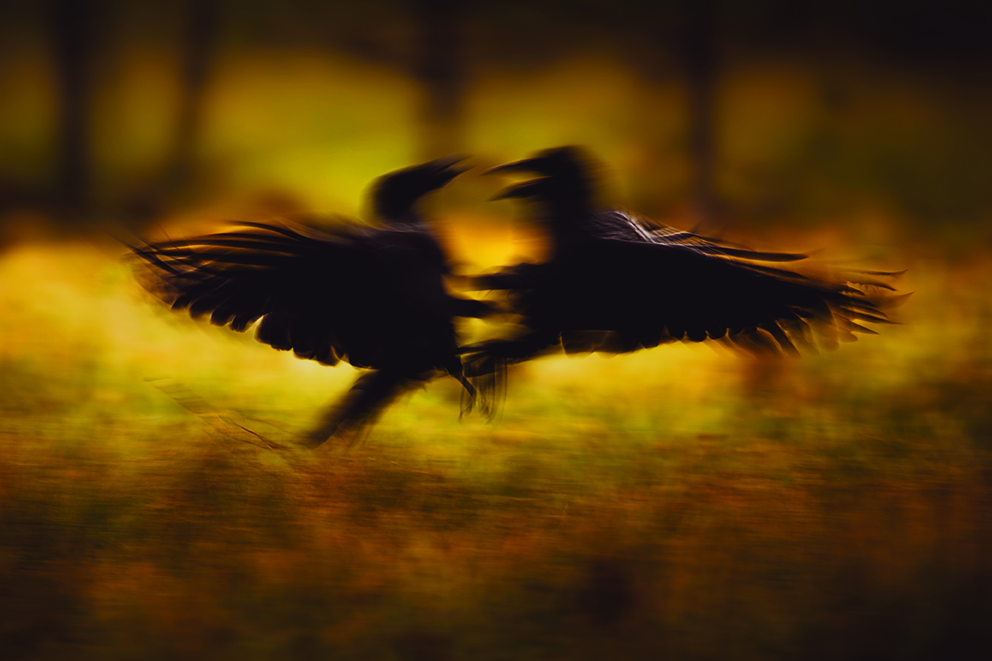
What has been your proudest career highlight to date?
The obvious answer would be to point to one of the international awards that I have won over the years, but I would say that every time I sell a print, large or small, to a private collector, it beats any award every single time. The fact that someone wants to hang my work on their wall is the ultimate reward for me.
What do you love most about your profession?
Simple! The fact that my passion is my job is what I love most about my job. I dreamed of visiting Africa and other exotic places when I was young. Now, I get to do that frequently, and every single time I remind myself how lucky I am to be able to do what I love.
What’s the biggest challenge for a wildlife photographer?
You can do wildlife photography in many different ways. The way I have chosen to do it is with lots of traveling with extensive and expensive gear, the biggest hurdle, especially in the beginning, is the financial burden.
For obvious reasons this type of photography carries a larger financial investment than going out to the local nature patch on a Sunday morning. But wildlife photography can definitely be done with much less
investment in both time and money. I have seen incredible wildlife images created with only a mobile phone. Hence, it is not a necessity to buy expensive gear and travel far and wide for great wildlife photography. A garden and a mobile phone is sometimes all you need.
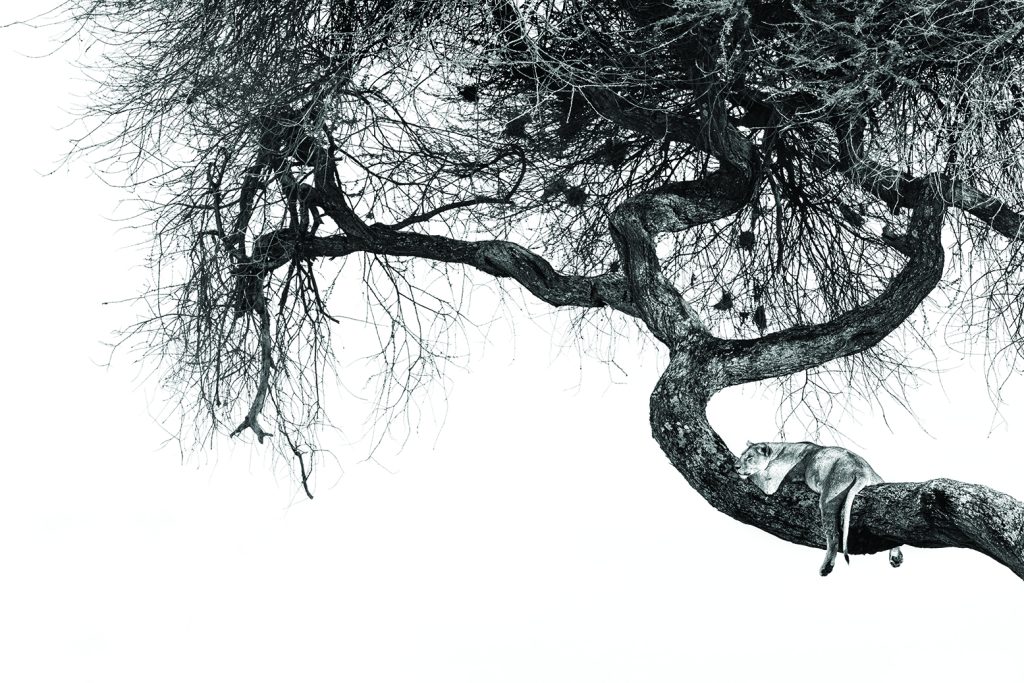
What advice would you give anyone inter- ested in pursuing this route?
If you consider wildlife photography a profession, think long and hard about your choices. It is not a guaranteed success. Simply speaking, pursuing a more mainstream career is more likely to pay the bills.
With that said, if you think you have it in you, go for it and be persistent! Rome wasn’t built in a day.
What does 2023 have in store?
2023 is my most exciting year so far in this industry. Early January, I had an exhibition at one of the largest art fairs in Taipei, Taiwan. More is coming in Taipei, so I am incredibly excited to see where that is going in terms and sales, new contacts and opportunities. I also have more weeks in the field than any previous year, which is excellent.


